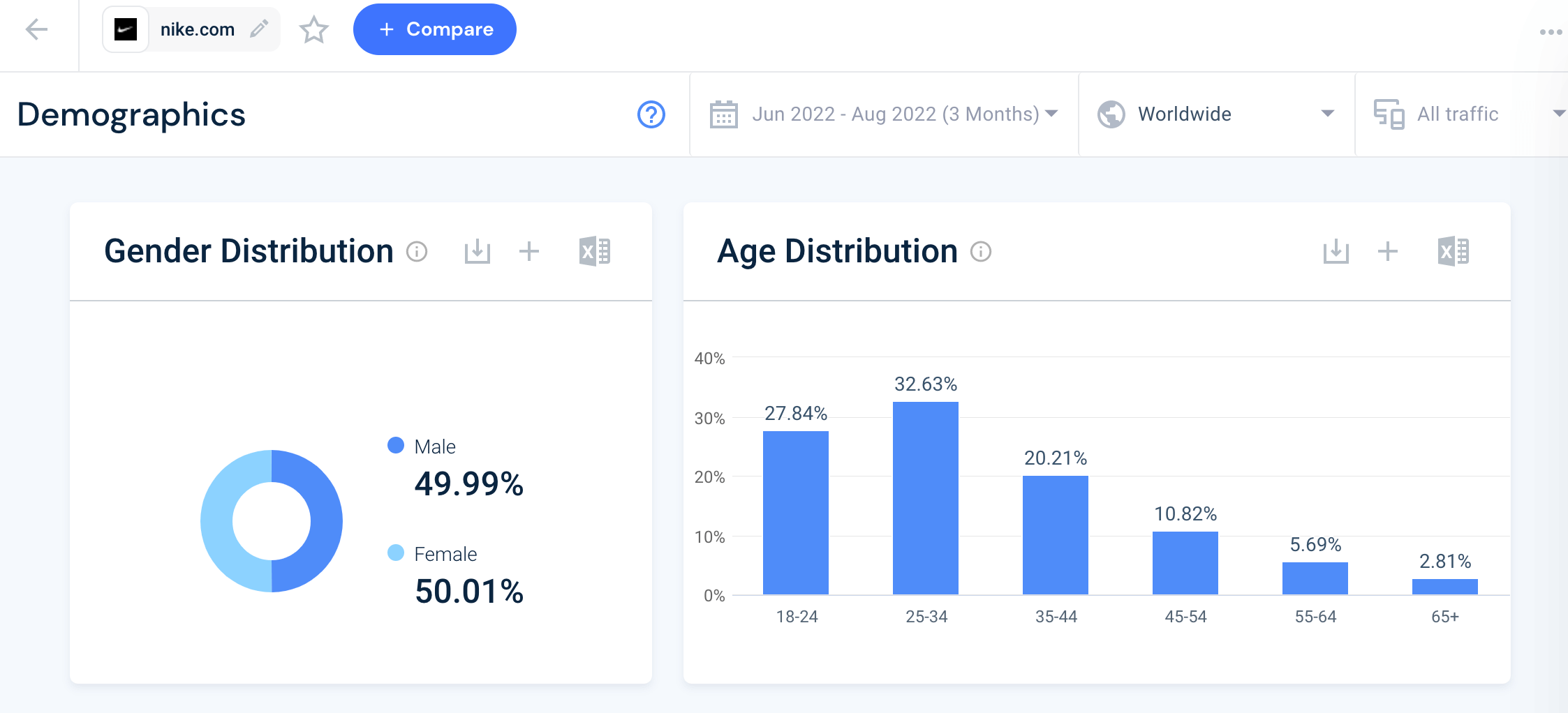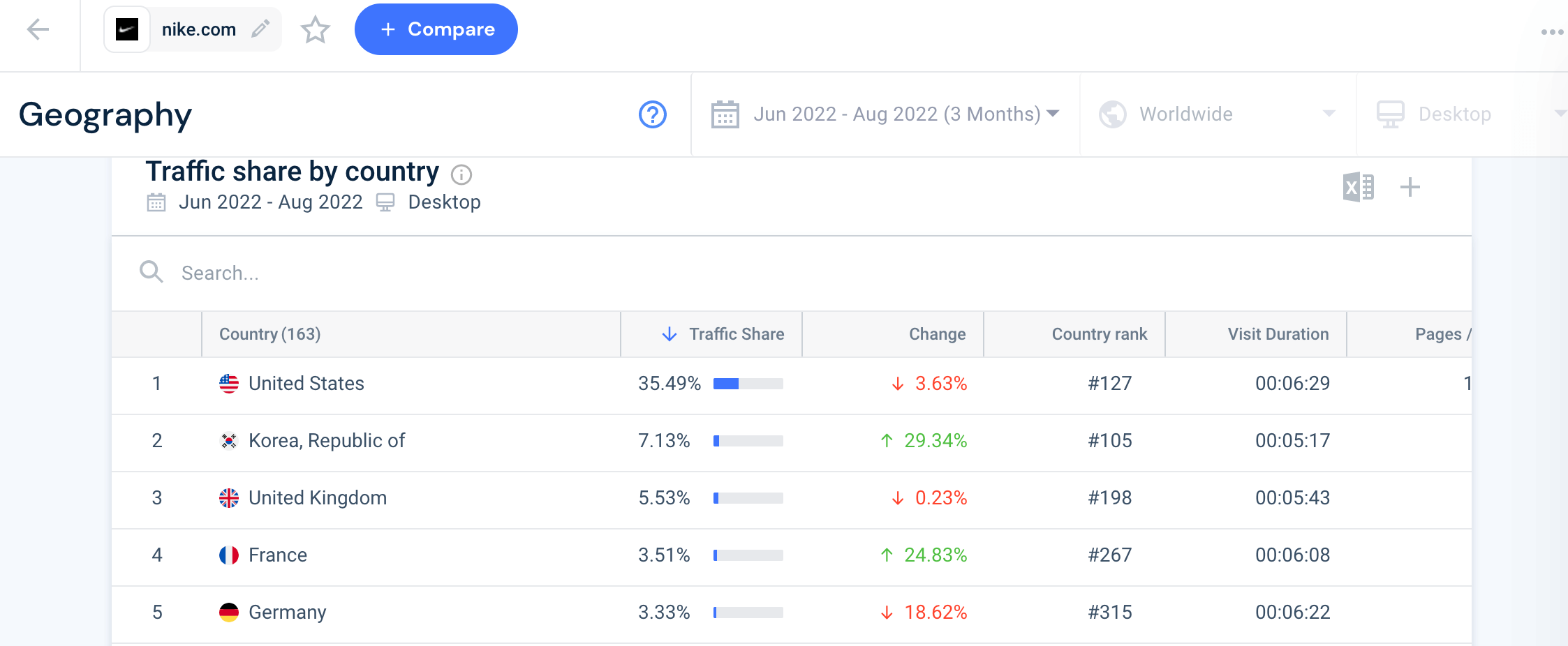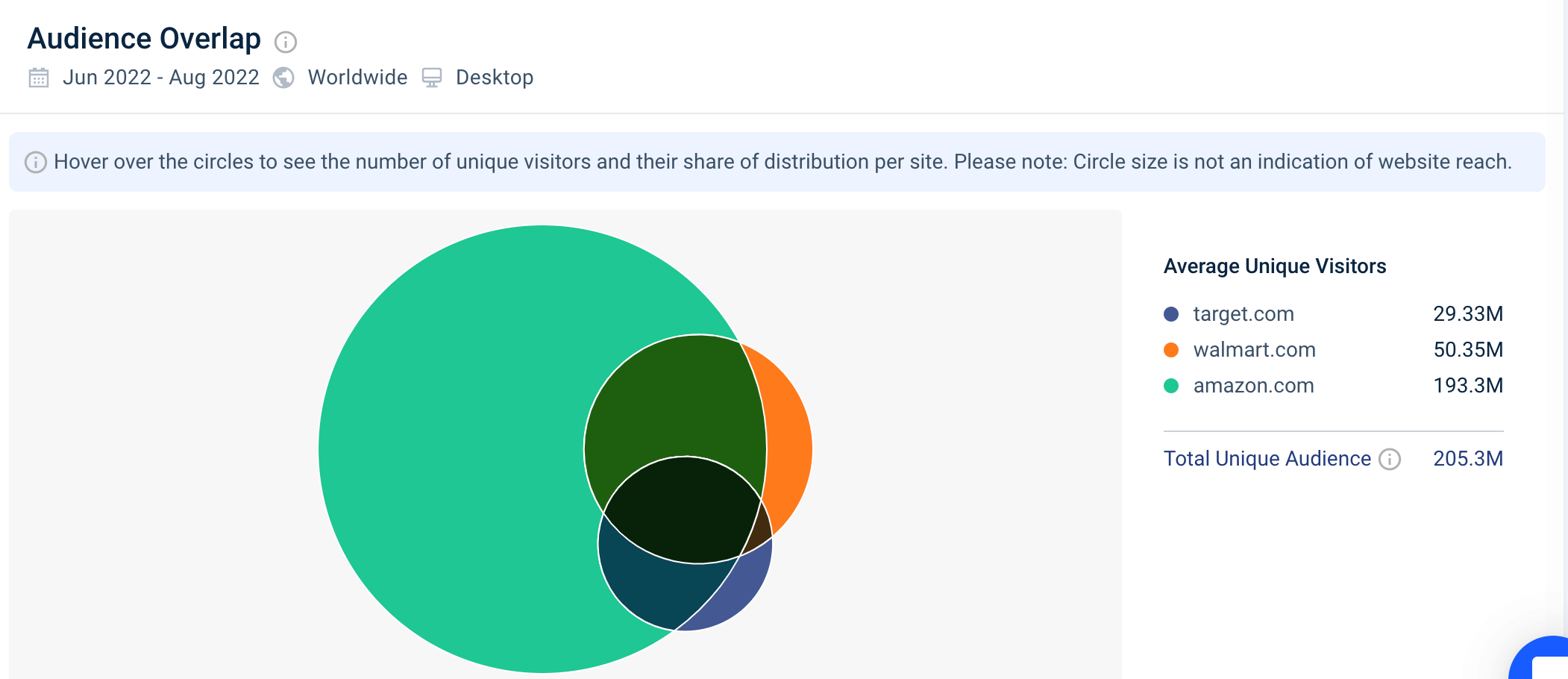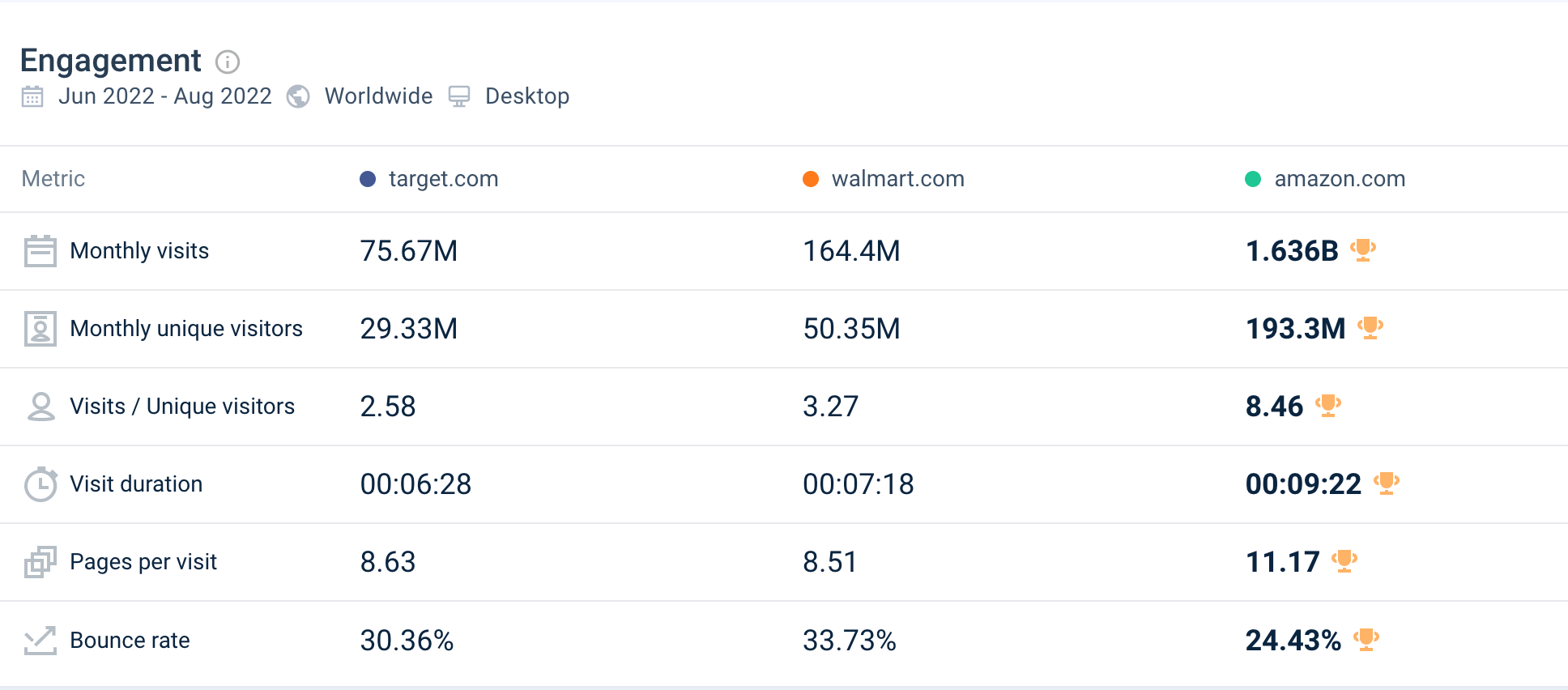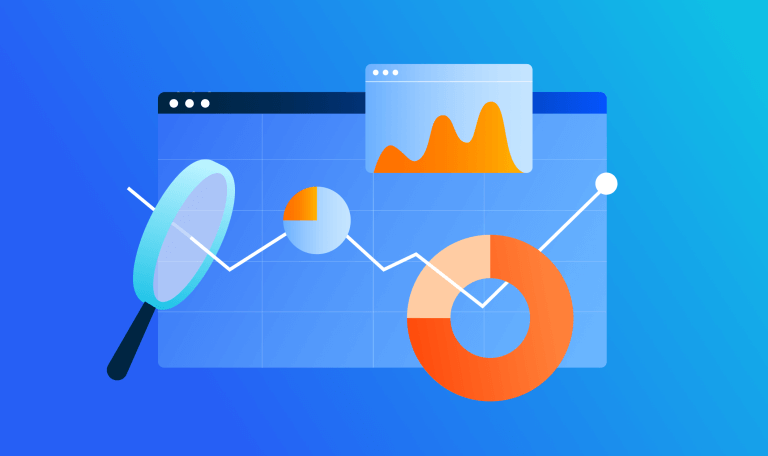How To Define And Use Your Target Demographics [With Examples]
![How To Define And Use Your Target Demographics [With Examples]](https://www.similarweb.com/blog/wp-content/uploads/2022/09/Target-demographic-header-768x456.png)
Trying to please everyone doesn’t work, in life or in marketing. This is why knowing your target customers and their challenges are crucial when developing marketing, advertising, and sales strategies.
Understanding your target demographics is the first step to knowing your audience and paves the way for deeper market research and audience insights.
In this article, we’ll explain the importance of defining the demographics of your target market and share step-by-step guidelines to create your ideal customer’s demographic profile.
Feel free to download this helpful template to follow along and create your own as we go.
Let’s get started.
What is a target demographic?
A target demographic is a profile of your audience’s observable and measurable characteristics. It provides a snapshot of your ideal customer’s circumstances and insights into their lifestyle, and therefore their buying behaviors.
A target demographic profile includes the following information about your audience.
- Age
- Gender
- Geolocation
- Annual income
- Occupation
- Religion
- Ethnicity
- Family size
- Marital status
Of course, that isn’t a complete list because what you need to include really depends on your strategic goals and target audience. Use this as a starting point but think about how to make it fit your needs, and what you can add or remove to mold it to your business goals.
A target demographic profile is not an average or estimated figure of your audience characteristics. It’s based on solid numbers and verifiable data represented in percentages.
In fact, a demographic profile provides a breakdown of your total audience for each characteristic. For example, here’s an audience breakdown by age on Similarweb:
It includes similar breakdowns for other characteristics like location, income bracket, gender, and so on.
Why is knowing your target demographics important?
Developing a target audience demographic profile is one of the first steps of market research. It gives direction to your strategy and provides insights to dig deeper into your audience data.
You can create audience segments and tailor strategies for your product development, marketing, and advertising campaigns based on your target demographics.
For example, if your demographic profile shows that 65% of your audience is female, your marketing approach would be significantly different from a brand targeting male customers.
Don’t go getting target demographics confused with target markets though.
Target demographic vs. target market – What’s the difference?
Target market and target demographic are closely related concepts with different scopes. A target demographic is one of the components of a target market profile and lists the measurable characteristics of your audience using which you can identify them. For example, it could show that 60% of your audience has an annual income of $100K-150K.
However, a target market is a broader concept that comprehensively defines and identifies your audience. In addition to demographic details, a target market also considers your audience’s interests, behavior, preferences, hobbies, favorite brands, etc. It allows you to segment your audience based on their behavior. So a demographic profile tells you how much your audience earns, for example. A target market profile tells you what your audience will likely do with that income.
Target demographics examples
Let’s quickly look at some target demographic examples to understand this concept better.
Target demographics example #1: Nike
We analyzed Nike.com using Similarweb to get insights into its audience demographics. Here’s a screenshot of what we found.
As you can see, about 50% of the visitors to Nike.com are female and approximately 33% of its visitors are in the 25-34 year age bracket. As expected, the USA is Nike’s biggest market but it gets significant traffic from Korea, The UK, and several other European countries.
Target demographics example #2: global video streaming
Here’s another example of target demographic data from the Global State Of Digital Report 2022.
According to the report, here are the demographic details of users of video streaming services:
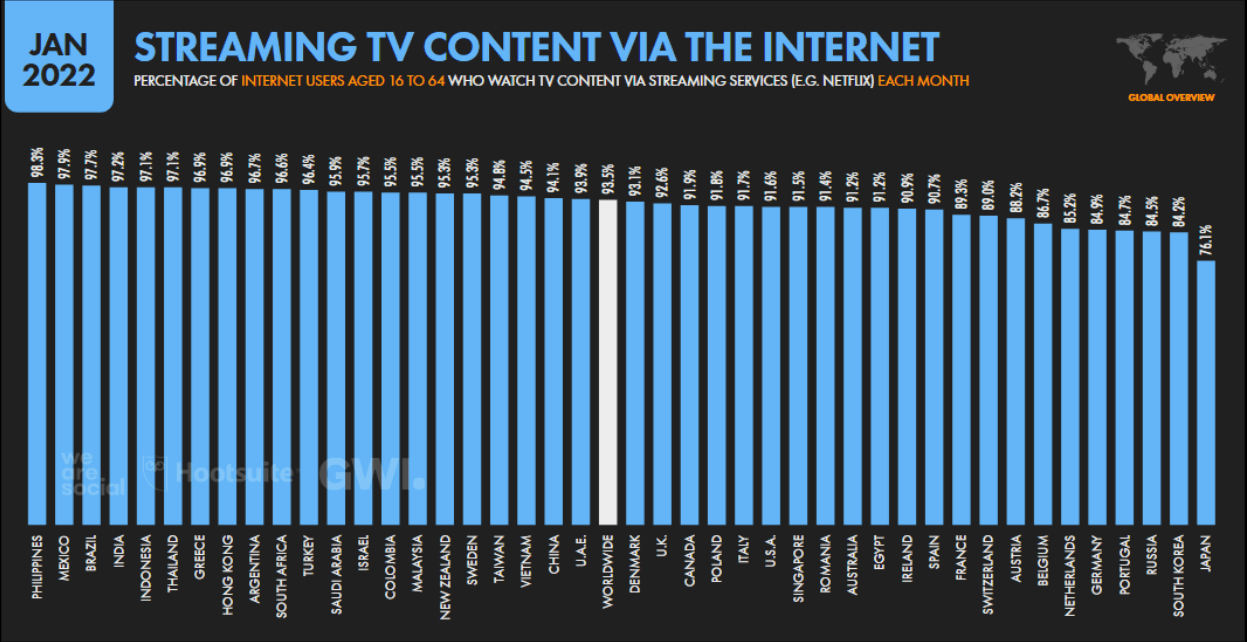
As you can see, this report breaks down the live-streaming audience by country, gender, and age.
Identifying your target demographic
Discovering your target demographic is a multi-step process that involves research and analysis. It’s also always ongoing because your target demographics are often changing due to market changes. This is why organizations continuously invest in market research to stay on top of their industry.
Let’s discuss the main steps of developing a target demographic profile.
1. Set your business goals
Before diving into any analytics tool or secondary market research, think about your business and why you started it.
What value does it offer? Who needs your services/product/offer? What’s the typical profile of your customer? Where are your customers located?
Every business owner can answer these questions to some extent. If you run a brick-and-mortar store focused on serving the local population, answering these questions is going to be even simpler.
On the other hand, online businesses, ecommerce stores, and companies with a global footprint might find these questions harder to answer.
So, when building your demographic profile, start with a casual data analysis of your business and use it to dig further.
2. Look at your current customers
If you already have customers, there’s no better place to start your research. Simply gather all your customer data, break it down for analysis, and create a demographic profile.
You can easily dive into your website analytics and fetch all the data necessary for website demographic profiling. If you have active social media profiles, analyze your follower data to find their age, gender, location, and interests – you know the drill.
But if you run a physical business and do not actively collect data, think of your typical customer’s profile, location, gender, and income level. Recall your customer conversations and create a demographic profile based on your observations.
3. Conduct market research
Analyzing your business and existing customers gives you direction for further research. But you need solid data to create an accurate demographic profile you can use for strategy development.
This is where Similarweb’s Digital Marketing Intelligence tools come in handy. You can use Similarweb to analyze different industries and interests in detail.
Here’s an example for you: If you sell fitness products, you can use Similarweb to find the regions and customer age groups most interested in this industry. You can also break down the interest level by gender, your audience’s income brackets, and tons of other information.
With Similarweb’s Audience Overlap feature, you can analyze the different websites and brands with overlapping audiences.
This allows you to identify audience expansion opportunities and better understand the needs of your existing audience.
Use Similarweb to uncover your audience interests, and understand their lifestyle preferences and brand affiliations, along with priceless consumer insights few other tools offer.
4. Do some competitive analysis
Analyzing your biggest competitors is an easy way to develop your own demographic profile. For example, if you have a new online store with a small audience, simply search for the top stores in your industry on Similarweb to get their audience insights.
It not only shows you the typical profile of your competitor’s audience but also their traffic and user engagement stats.
Based on the profiles of your top competitors, you can easily create a target demographic since you’re serving the same market at a smaller level.
5. Create buyer personas
Once you’ve gathered all the relevant information about your audience, turn it into a formal buyer persona. A buyer persona is a sample profile of your ideal customer based on your research and analysis.
It represents your typical customer and lists their key characteristics, including:
- Age
- Income level
- Occupation
- Education
- Challenges
- Interests
- Location
- And much, much more
This is the profile you’d consider when creating a new product, a marketing strategy, or an advertisement campaign.
However, a comprehensive buyer persona requires more information than just your target demographics. So, if your persona is based on the demographics data only, take it with a pinch of salt. Try making it more comprehensive by adding more information through extensive market research. For one, you could try digging deeper into your audience’s interests, hobbies, brand affiliations, and purchase behavior. You could also look into the problems they look to solve by purchasing your products. Once again, Similarweb is an ideal tool to help you do that.
Are you ready to find your target demographic?
You can’t build a marketing strategy or any business strategy without a target demographic. The strategies we’ve shared will help you to create a basic demographic profile and to narrow down your focus to the most relevant audiences for your business.
For more insights, sign up for a free Similarweb account and uncover new opportunities by analyzing your target audience and competitors.
FAQs
What is a target demographic?
Target demographics include information about your audience’s age, gender, income, geo-location, religion, ethnicity, education, family size, and other measurable and observable characteristics.
How do you determine your target demographic?
You can use your website and app analytics, competitor analysis, surveys, social media, and market intelligence tools to determine your target demographic.
What are examples of target audience demographics?
You can use target demographic data in various ways to understand your audience. For example, a sample audience demographic profile could be male, 25-30 years of age, $75K-100K/year income, based in North America, married with two children.
Why is demographic targeting important?
Demographic targeting provides direction to your marketing campaigns and helps you zoom in on your target audience so that you can uncover their real challenges and problems before developing your strategy.
Get to know your audience on a deeper level
Contact us to set up a call with a market research specialist


